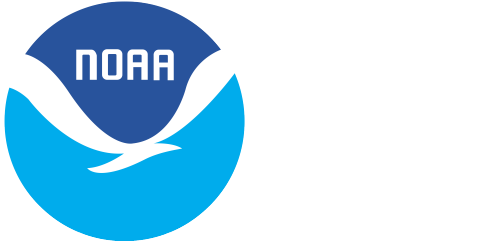Key benefits of building with Mapbox
- Mapbox maps integrates easily with third-party data sources, including aerial imagery and radar data
- Scalable, cloud-based architecture ensures uninterrupted service even during usage spikes in storm season
- Mapbox GL JS enhances user engagement with interactive and detailed base maps
products used
Mapbox GL JS
For NOAA, preparing for emergency hurricane response means being ready to visualize the potential reach of a storm and assess its impact at a moment's notice.
NOAA’s Remote Sensing Division (RSD) collects aerial imagery of coastlines before and after a storm. Using field survey techniques, photogrammetric methods, and fixed wing aircrafts they provide the imagery and information for professionals and the public to assess storm damage, and respond quickly to needs.


The site also visualizes live radar data, to help people see the storm before it hits. During peak storm season — as people are planning evacuations or viewing storm damage from a safe distance — scalable cloud-based architecture insures spiking demand doesn’t cause service interruption.








